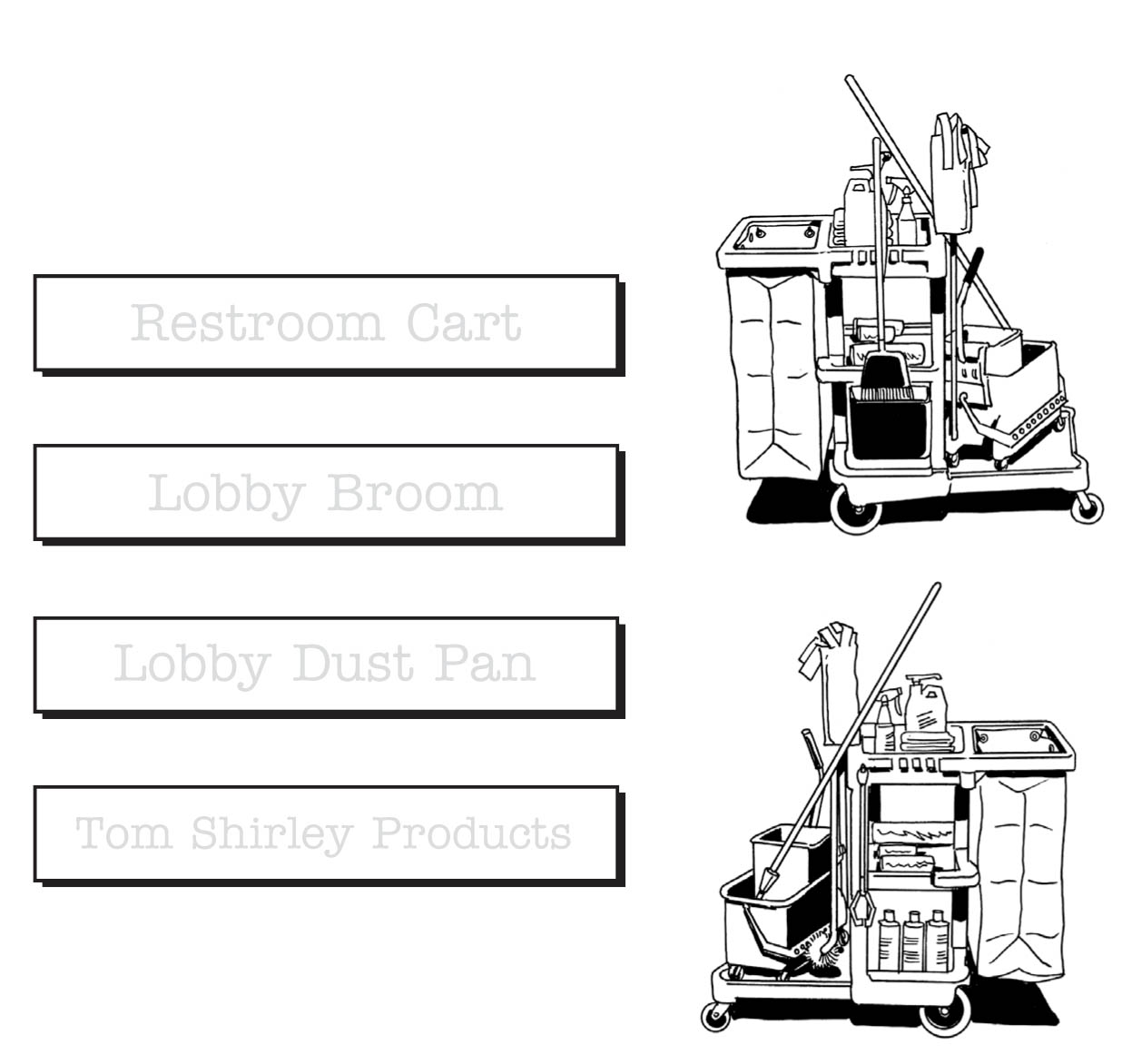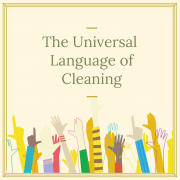The Universal Language of Cleaning
Language. It’s one of the most beautiful yet challenging aspects of training custodial workers. Because many cleaners have either recently immigrated to the U.S. or are first-generation citizens, our trainers and auditors encounter a variety of languages in the field—Spanish, Korean, Vietnamese, Chinese, Burmese, French and Polish, just to name a few. Within those languages, we encounter even more sub-languages; for example, Cubans in Florida speak a different dialect of Spanish than Guatemalans. The French spoken by Haitians is different than French spoken in Montreal. You can imagine the challenge this presents during training or when we create training materials for custodial workers.
One might think that because many immigrants tend to live in close-knit communities with others from their same region, that they may not want or need to learn English when they come to the U.S.; however, research points to the opposite. In the book “Learning a New Land: Immigrant Students in American Society,” researchers found that 99 percent of immigrant students studied felt that English was important for them to learn. Many immigrants want to learn English not only to assist with social interactions, but because they feel it’s critical for success—another study reveals that 85 percent of immigrants say that it is hard to get a good job or do well in the U.S. without learning English.
So how do we communicate with workers while also providing them with tools to educate and empower them? We do it with the language of (OS1ian). If you’ve ever spent any time in a hospital listening to doctors and nurses converse, you know that they have their own set of terms which can make it sound like they are speaking gibberish to anyone not in the medical profession. Similarly, lawyers communicate using “legalese”—technical jargon that fill legal documents. So, we asked, why not develop a professional language for the cleaning industry?

Just a few of the key terms a Restroom Specialist must learn to speak (OS1)ian.
(OS1)ian — a universal language for the cleaning industry— was developed based on specialist duties and identifyed key terms associated with each position. Each position has approximately 45 basic words and 10 to 15 terms that a specialist must be able to use in their day-to-day operations. For example, the vocabulary of a vacuum specialist includes vac station, paddle tool and inspect plug. A light-duty specialist will learn terms like wastebasket, barrel and fill line.
To assist with literacy, specialists complete an (OS1)ian worksheet in Boot Camp with the key terms provided in greyscale. The intent isn’t to test or trick workers, but to help them develop both written and oral proficiency of the terms. As the cleaner adopts new responsibilities, their vocabulary will expand to include as many as 250 phrases, helping them develop a working English vocabulary.
Before rolling (OS1ian) out, we tested it with a third-shift crew at the University of Massachusetts at Amherst who spoke Chinese, Russian and Romanian. It was met with an overwhelming reception—finally, we were all able to speak the same language. In years since, we’ve found that using a standardized vocabulary benefits workers with dyslexia, functional illiteracy and cognitive perception disorders.
When everyone speaks the same language, cleaning processes and systems are safer and more efficient —there are fewer misunderstandings and mistakes. But the benefits extend well beyond the workplace—learning (OS1ian) empowers workers personally as well. It provides them with common set of English terms to set them on a path of career success as they create a new life in the U.S.
❝The limits of my language are the limits of my world.❞
‒Ludwig Wittgenstein

